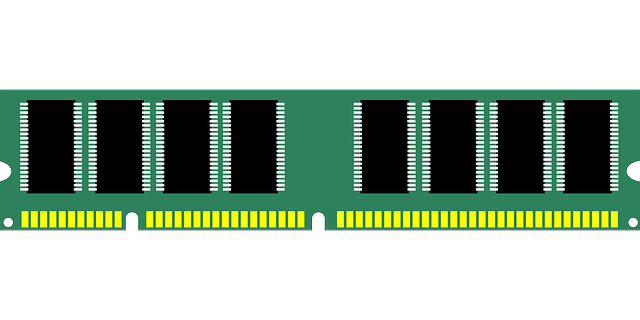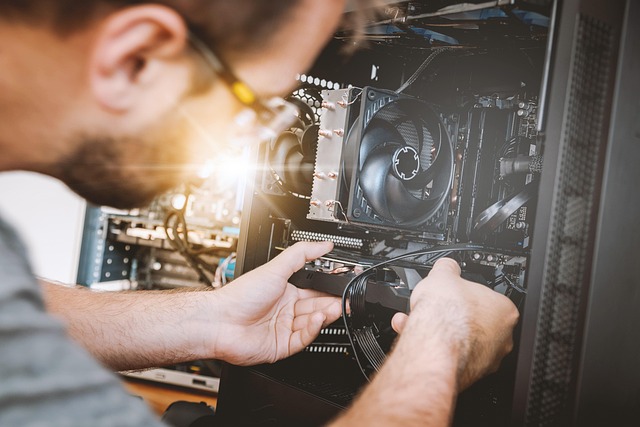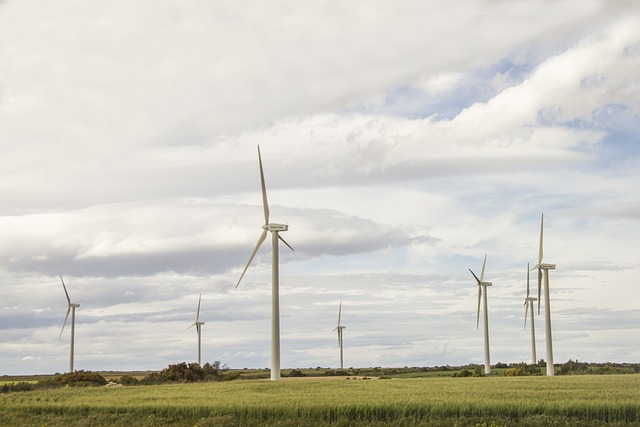Maximizing real estate property value through energy efficiency involves key strategies: effective wall insulation for temperature control, noise reduction, and health benefits, and integrating advanced systems like smart thermostats and automated blinds. These measures not only enhance comfort and sustainability but also make properties more competitive in the market. Regular maintenance of HVAC units and home automation ensures optimal performance and long-term cost savings.
In today’s competitive real estate market, maximizing energy efficiency is key to boosting property value. This article guides you through the essential steps of insulating walls and installing efficient systems. By understanding the role of wall insulation in energy conservation and tenant comfort, you can create a comfortable living environment while reducing operational costs. We provide a step-by-step guide for property owners and managers looking to enhance their real estate investment with these sustainable practices.
Understanding Insulation and Efficient Systems for Optimal Real Estate Value

Insulation and efficient systems are key components in maximizing the value of any real estate property. Understanding the importance of proper insulation is paramount for real estate investors and homeowners alike. It not only enhances energy efficiency, but also contributes to a comfortable living environment. Efficient systems, on the other hand, involve the strategic implementation of technology and design elements that minimize energy consumption without compromising performance.
By investing in high-quality insulation materials and advanced systems such as smart thermostats and energy-efficient appliances, real estate properties can achieve better temperature regulation, reduced utility bills, and increased comfort for occupants. These measures not only benefit the environment but also attract potential buyers or tenants who increasingly prioritize sustainability and cost savings. In the competitive real estate market, properties that offer these advantages stand out as wise investments.
The Role of Wall Insulation in Energy Efficiency and Tenant Comfort

In real estate, energy efficiency is a top priority for both property owners and tenants alike. Wall insulation plays a pivotal role in achieving this goal by significantly reducing heat transfer, which leads to better temperature regulation within the space. By insulating walls, buildings can maintain a comfortable indoor climate year-round, decreasing the load on heating and cooling systems. This not only lowers energy consumption but also translates to substantial cost savings for both landlords and tenants.
Comfort is another key benefit of proper wall insulation. It helps minimize noise transmission between units, enhancing privacy and peace of mind for residents. Additionally, it prevents condensation and moisture build-up on interior walls, reducing the risk of mold growth and related health issues. In essence, investing in efficient wall insulation contributes to a healthier, more comfortable living environment while promoting sustainability and cost-effectiveness in real estate properties.
Integrating Efficient Systems: A Step-by-Step Guide for Property Owners and Managers

Integrating efficient systems into your property is a smart move for any real estate owner or manager looking to enhance energy efficiency and reduce costs. Here’s a simplified guide to make the process manageable:
1. Assess Your Needs: Start by evaluating your current heating, ventilation, air conditioning (HVAC) system and identifying areas for improvement. Consider factors like building size, insulation, and occupancy patterns. This step ensures you target the right systems for optimal results.
2. Research and Choose Smart Technologies: Explore modern options such as programmable thermostats, smart lighting systems, energy-efficient appliances, and automated blinds. These technologies offer significant energy savings and can be controlled remotely, providing convenience and cost efficiency.
3. Insulate and Seal: Proper wall insulation is key to maintaining comfortable indoor temperatures. Install high-quality insulation materials in walls, attics, and floors to prevent heat loss during winters and heat gain in summers. Seal gaps around windows and doors to avoid energy leakage, ensuring your systems work more efficiently.
4. Upgrade HVAC Systems: Consider replacing outdated HVAC units with energy-efficient models. Modern systems are designed to be smarter and more responsive, allowing for precise temperature control and reduced energy consumption. Regular maintenance of these systems will ensure optimal performance.
5. Implement Smart Home Automation: Integrate automated systems that enable remote monitoring and control of lighting, temperature, and security. This not only enhances convenience but also allows you to optimize energy usage based on occupancy, leading to significant savings.
6. Regular Maintenance: Schedule routine maintenance checks for all new and existing systems. Regular servicing ensures efficiency, prolongs equipment lifespan, and prevents unexpected breakdowns, saving you money in the long run.






